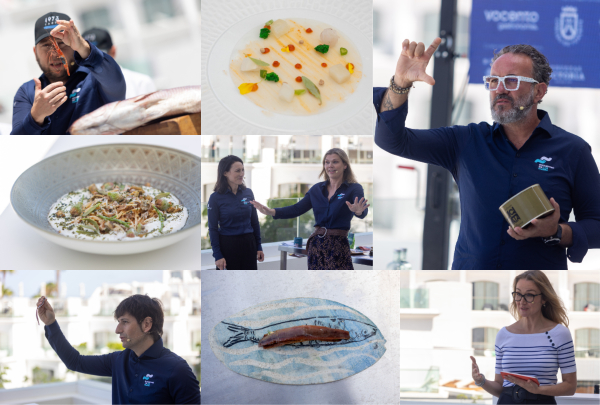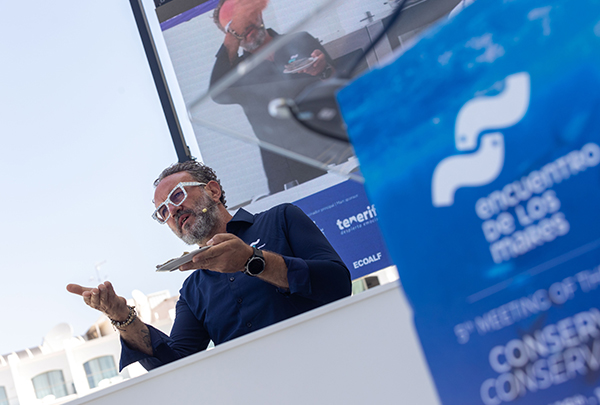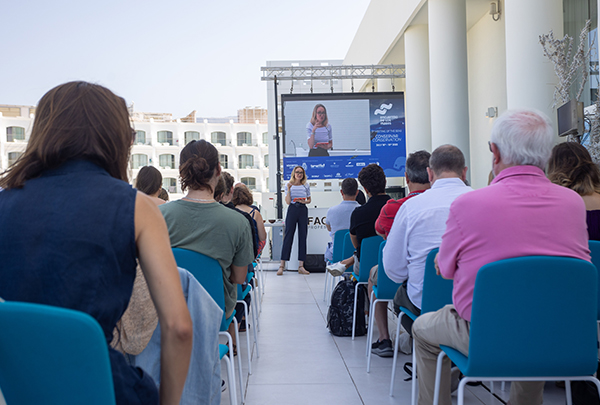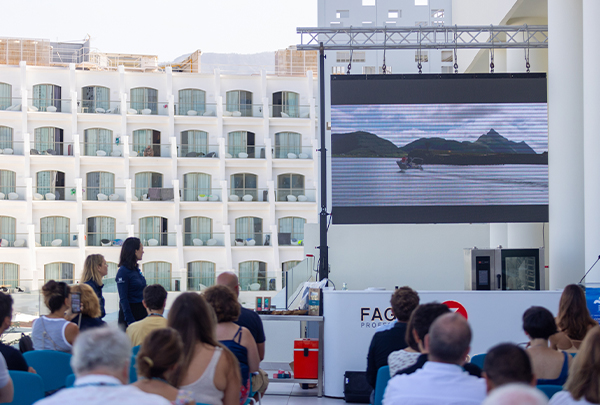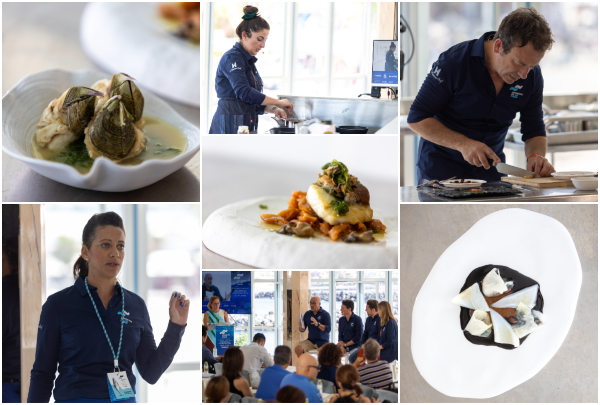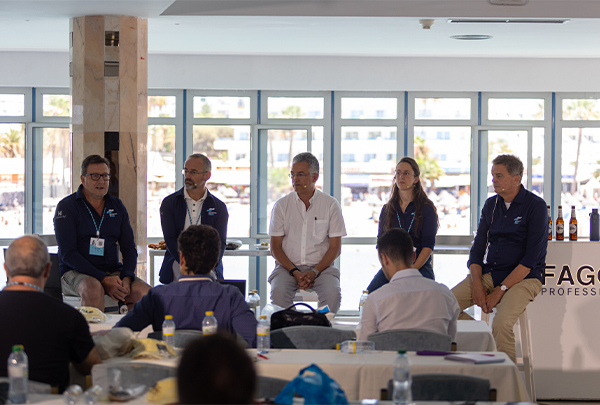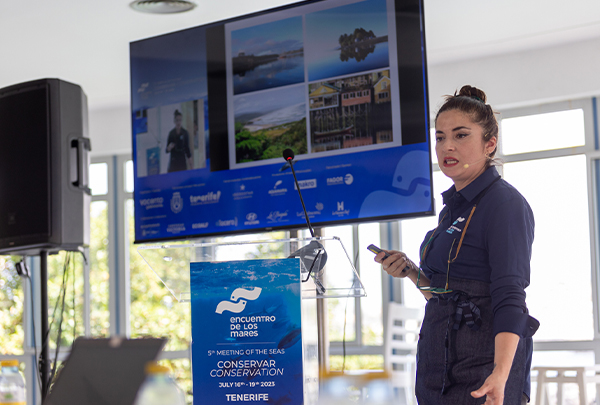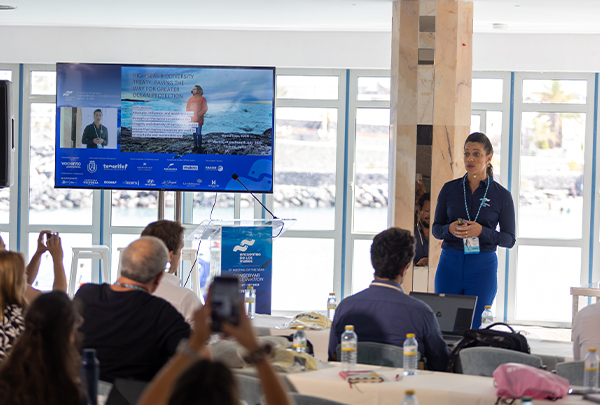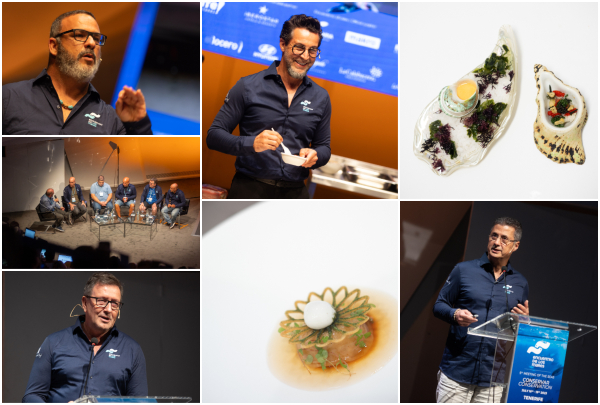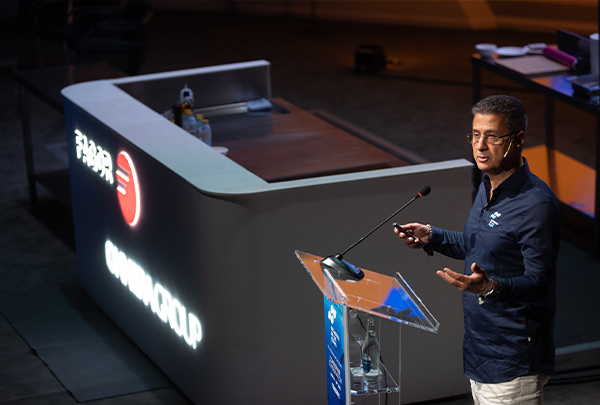News
An exercise in creative containment in revolutionary Mediterranean salting processes
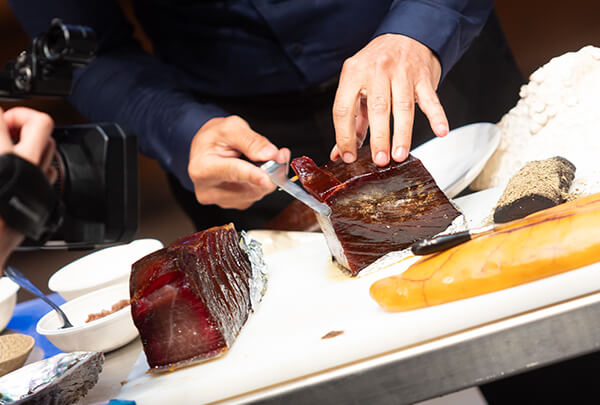
Originally from Extremadura, Quique Dacosta is an adopted son of Alicante and a genuine enthusiast of the Mediterranean Sea, which is not only the source of the extraordinary ingredients he works with, but also the source of inspiration for the creation of spectacular innovative cuisine deeply rooted in the territory, which has earned him five Michelin stars so far.
The famous chef regaled congress-goers with an agreeable practical demonstration of one of the culinary techniques into which he has put the most research, and with which he has revolutionised a tradition so typical of our gastronomy - fish salting. “Although initially I didn't intend it to be such a major component of my kitchen, it gradually took over, probably because of the three main trends that are predominant in world cuisine - raw produce, fired or smoked produce, and food conservation", he admitted.
His disruptive formula is a salting process that avoids any direct contact between the food and the salt, because the fish is placed on a grille tray to allow the air to circulate, above the salt and in a closed space at a temperature of 30 and 85% humidity. “This way we can ensure that the fish stays permanently juicy. Also, we never put any pressure on the roe to prevent them compacting, and that way we can obtain some incredible textures, similar to the creaminess of a Casar cheese tart", he explained as he showed the inside of an impressive 1.3 kg Maruca roe in a slightly vanilla colour, cured for 12 hours in salt and sugar with zero contact, and some congress-goers were able to taste its intense flavour.
Product as the main star, and a recipe denouncing the state of the sea
Dacosta also brought several pieces of fish cured using this technique to the Auditorium, to show how he adapts the system to the characteristics of each variety. “If a fish belly needs 10 months of salting, we put a loin of tuna away for only one day, saturated with salt because it doesn't have so much fat in its grooves", he explained, as he showcooked a few simple recipes seeking to give all the attention to the product, such as the "sangacho" dark flesh, "which emerges from the tuna's blood washed in rock salt, and is dried with dry herbs to humanise the excitement of its taste"; a liquid brine fashioned from the tuna pieces cooked for 12 hours and infused with lemon tree leaves; or a recipe of lobster roe made from the interior of the heads cooked in sea water in an emulsion to produce salinity.
Finally, the chef finished up with an impressive creation produced during the pandemic, seeking to provoke diners "and make them double-check their relationship with the sea. Because, beyond tastiness and aesthetics, we like our recipes to have their own script, and to provoke and arouse the sensitivity of diners now and again", he explained. And so 'Fish in plastics' is a genuine allegory about a piece of baby hake cooked in its own fat, covered with delicious "plastics" made from tapioca or corn starch, among other ingredients, representing different textures of much of the plastic waste which unfortunately plagues our seas and oceans.

